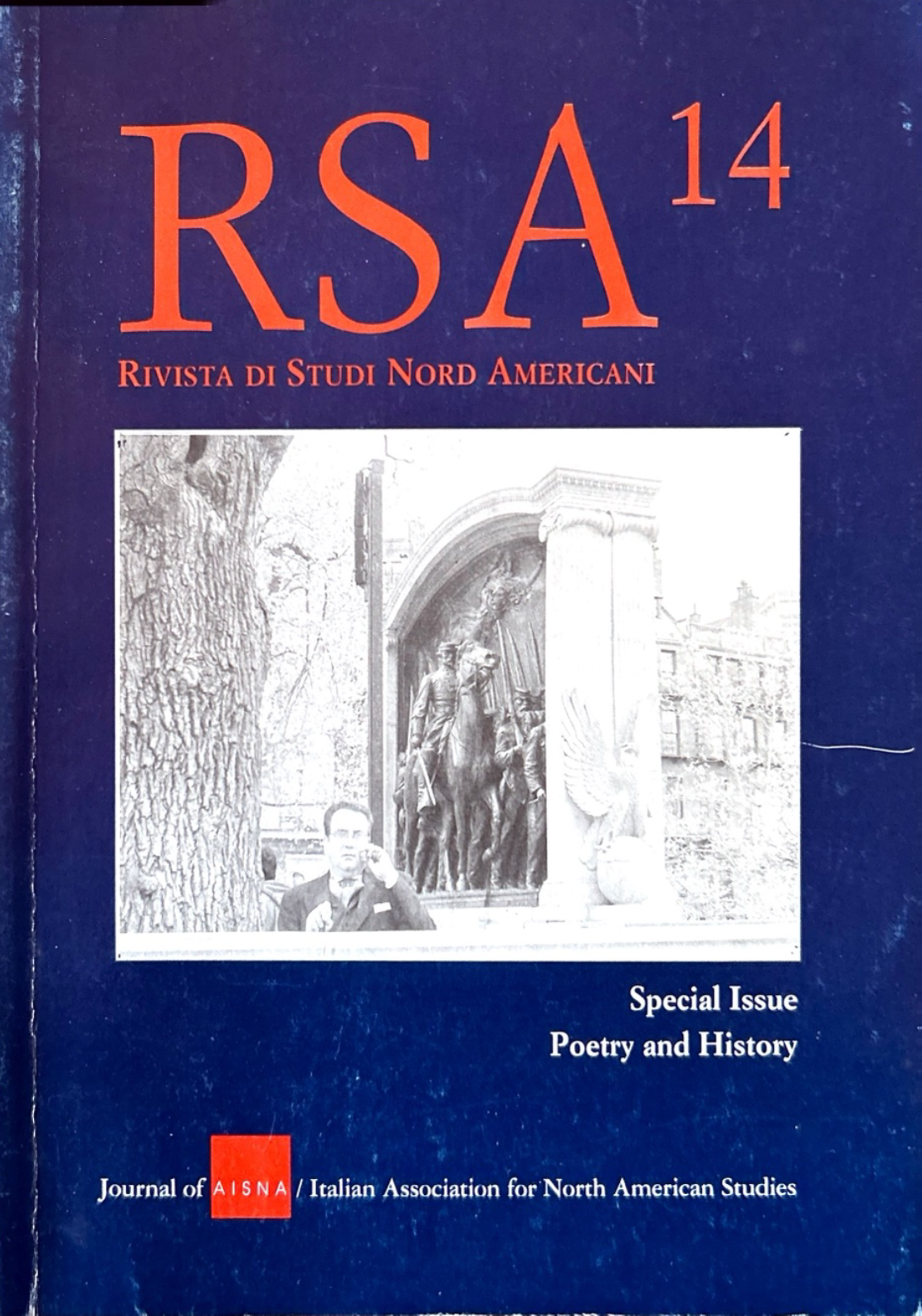Still Life with a Machine
E.E. Cummings's Typewriter Poems
DOI:
https://doi.org/10.13135/1592-4467/8821Keywords:
history of technology, poetry, arch-romanticism, poetry of the machine, iconoclasmAbstract
Focused on the paradigmatic shift brought about by the typewriter on the compositional habits of Cummings, the paper explores the interrelations between the history of technology and his poetry. A poet and a painter in the belated tradition of the Preraphaelites, Cummings was nevertheless fascinated by the poetics of the machine advocated by Modernism. As a result, he developed the unique features of his style through the relentless exploitation of what Heidegger called an "intermediate thing between a tool and a machine." As a matter of fact, the prosody for the eye of his visual pieces is a direct consequence of the restrictions imposed by the typewriter. The page itself, used as a unit of composition, becomes the site where semantic units take form in patterns whose spacing, punctuation and lettering are dictated by the mechanical pace of the carriage. The passage from typescript to typesetting conceals but does not erase the nature of Cummings's operation; however, the same act of concealment reveals the unresolved tension that characterizes his poetics. Always suspended between an inner "arch-Romanticism" (Gioia) and an outer iconoclasm, his poetry of the machine and yet not machine-like stands at the crossroad between the objectivist stance of the Pound-Williams line and the exasperated lyricism of the anarchist-individualist.
Downloads
Published
Issue
Section
License
RSAJournal applies a CC BY-NC-ND license to all its contributions. This license enables reusers to copy and distribute the material in any medium or format in unadapted form only, for noncommercial purposes only, and only so long as attribution is given to the creator. CC BY-NC-ND includes the following elements:
- BY: credit must be given to the creator.
- NC: Only noncommercial uses of the work are permitted.
- ND: No derivatives or adaptations of the work are permitted.
Authors who publish with this journal agree to the following terms:
- Authors retain the copyright and full publishing rights for their submissions to the journal.
- Authors grant the journal right of first publication with the work simultaneously licensed under a Creative Commons Attribution-NonCommercial-NoDerivatives 4.0 International License that allows others to share unedited work for non-commercial purposes with an acknowledgement of the work's authorship and initial publication in this journal.
- Authors are able to enter into separate, additional contractual arrangements for the non-exclusive distribution of the journal's published version of the work (e.g., post it to an institutional repository or publish it in a book), with an acknowledgement of its initial publication in this journal.




